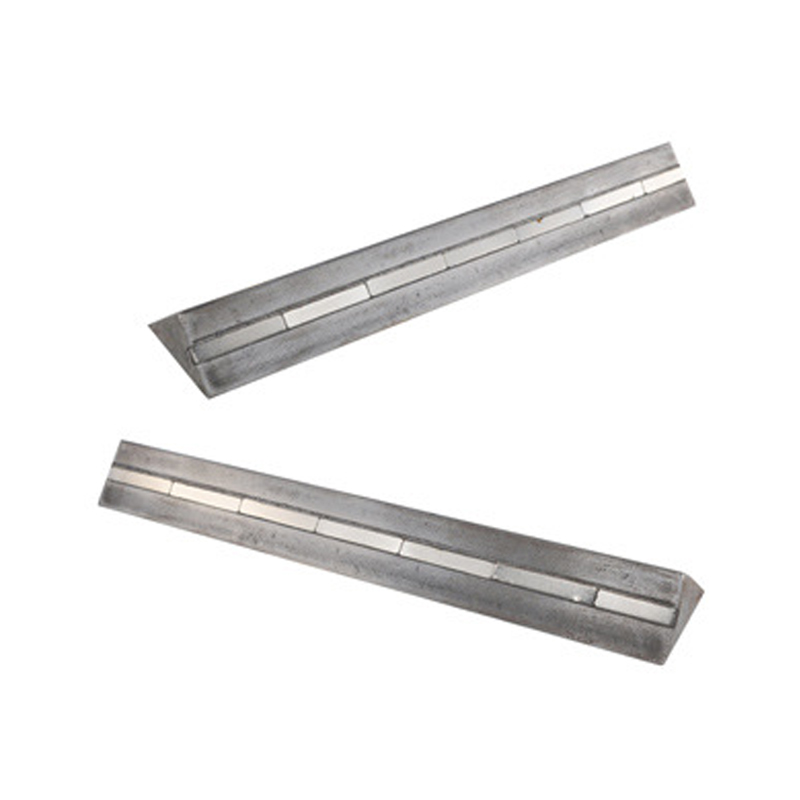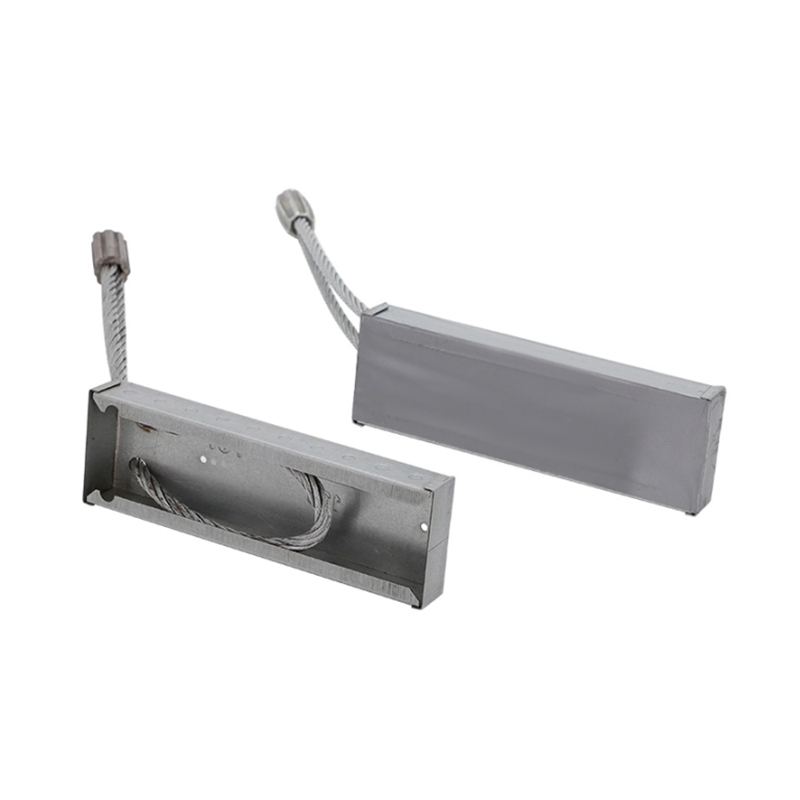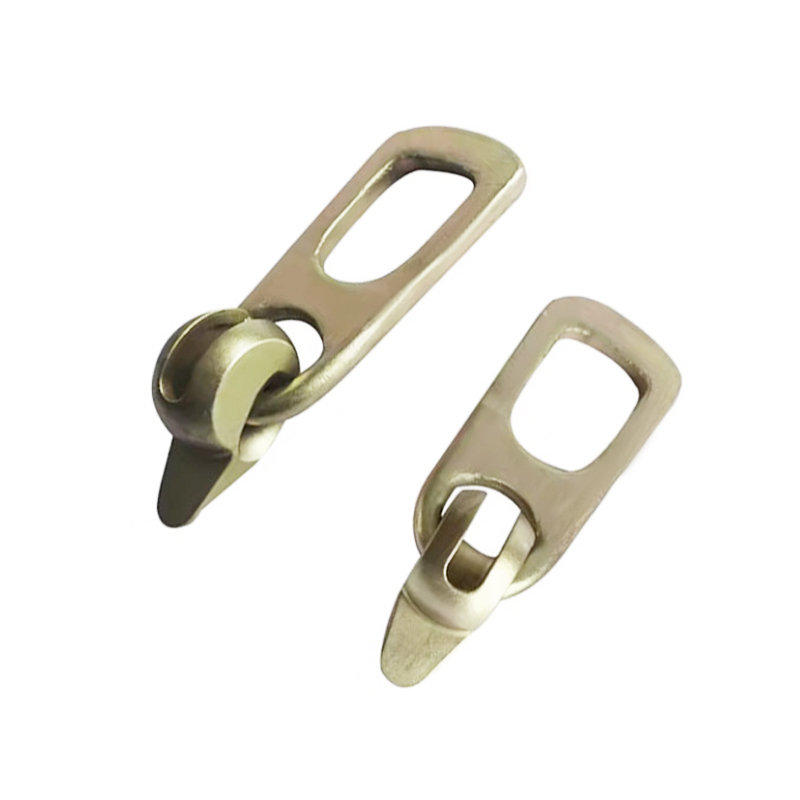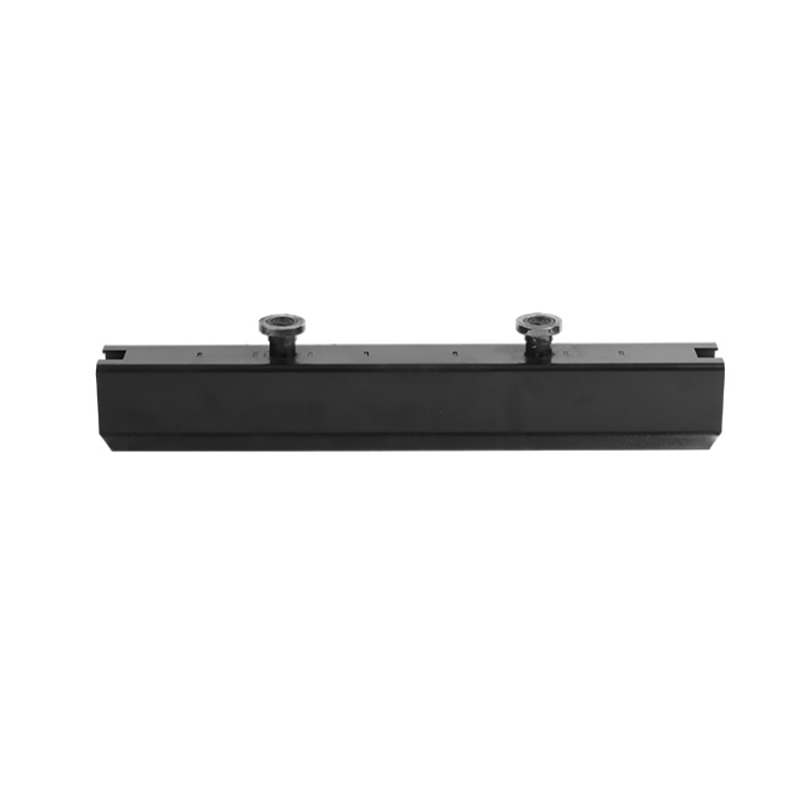1. National industry conference focuses on intelligence and low carbonization
Jinan Summit releases intelligent manufacturing roadmap
On June 4, the 4th National Ready-Mixed Concrete Industry Development Conference opened in Jinan, with the theme of "Digital Empowerment of New Manufacturing, Low-carbon Foundation for New Development". The conference proposed to build more than 20 "unmanned demonstration factories" within three years, and showcase innovative technologies such as hydrogen energy concrete pump trucks and AI mix design systems. Sany Heavy Industry's first hydrogen energy pump truck has entered road testing and is expected to be mass-produced in 2026.
Trial of low-carbon concrete grading label system
The China Building Energy Conservation Association and the Global Cement and Concrete Association (GCCA) launched a low-carbon grading label, requiring the carbon emission accounting of prefabricated components throughout their life cycle to be connected to blockchain monitoring. A housing project in Xiongan New Area reduced carbon emissions of a single component by 12% through CO₂ injection technology, and was rated as a model case of "zero waste city" by the Ministry of Housing and Urban-Rural Development.
2. Beijing Housing Expo previews prefabricated technology innovation
Modular building technology becomes the focus
The 22nd China International Housing Industry Expo (opening in Beijing on June 19) will showcase new prefabricated concrete modular technology, including 3D printed houses, biochar concrete panels, etc. The carbon negative emission prefabricated panel technology jointly developed by global building materials giant Holcim and Pritzker Prize winner Aravena made its debut. This technology realizes the "carbon sink" function of buildings by solidifying CO₂.
Breakthrough in wood structure-concrete hybrid system
The modern wood-concrete composite structure system developed by domestic enterprises has passed the seismic test and is suitable for low-rise buildings in scenic spots. It is 40% lighter than pure concrete structures and has been piloted in the Moganshan B&B project in Zhejiang.
3. The implementation of carbon footprint standards has triggered industry responses
Heading companies accelerate the transformation of carbon data chains
Since the mandatory implementation of the "Quantitative Standard for Carbon Footprint of Precast Concrete Components" on May 1, Beijing Yugou Group, Yuanda Housing and other companies have introduced blockchain monitoring systems to achieve full-process carbon traceability from raw material mining to transportation. The pilot project shows that the cost of prefabricated curbstones made of recycled aggregates has been reduced by 19%, and all municipal projects in Xiongan New Area have adopted it.
Carbon tariffs force export enterprises to transform
The Southeast Asian market requires imported prefabricated components to be attached with carbon labels. Jiangsu Subote New Materials Company has reduced the carbon emissions of composite board products to 65% of the industry average through photovoltaic power supply production lines, and won an order of 580 million yuan for the second phase of the Jakarta-Bandung High-Speed Railway in Indonesia.
4. The structural adjustment of production capacity in the Yangtze River Delta has accelerated
Low-end production capacity has shifted to special components
The capacity utilization rate of PC components in Jiangsu, Zhejiang and Shanghai has continued to be lower than 65%, and some companies have transformed to produce special components such as wind power piles and deep-sea pontoons. A manufacturer in Fujian has converted 30% of its production capacity to photovoltaic bracket bases, and its gross profit margin has increased by 8 percentage points.
Scaled implementation of solid waste recycling technology
The intelligent sorting line for construction waste developed by Beijing University of Technology has been put into production in Chengdu, with an hourly processing capacity of 50 tons, a metal impurity separation accuracy of 99.7%, and a 18% reduction in the cost of recycled aggregate prefabricated components. It will be promoted to 20 "waste-free cities" within the year.
5. International projects and cross-border cooperation trends
Southeast Asian orders drive overseas factory establishment
In the first four months, my country's prefabricated component exports increased by 42% year-on-year to US$5.8 billion. Sany Construction's modular branch in Rayong Industrial Park, Thailand, was put into production, adopting the "domestic prefabrication + overseas assembly" model, supplying 32,000 cubic meters of residential components for the Hanoi Smart New City project in Vietnam, shortening the delivery cycle by 40%.
Macau Hengqin project reduces carbon emissions by 20,000 tons
The "Macau New Neighborhood" project uses 180,000 prefabricated components, reduces on-site plastering links through standardized factory production, saves more than 20,000 tons of cement mortar, and shortens the construction period by 40% through direct coating of component surfaces.









